Tennis Elbow
Specialist In Singapore
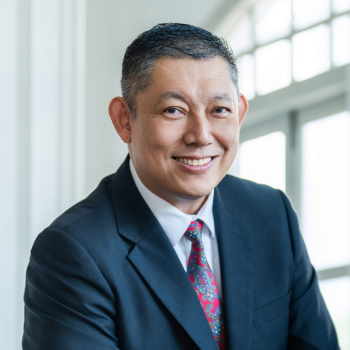
Dr Chiam Tut Fu

MBBS (Singapore)
MSS (Sports Medicine) (USA)
MMed (OM) (Singapore)
GDOM (Singapore)
DWD (Singapore)
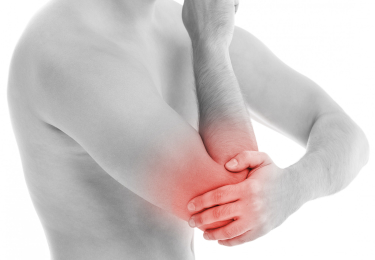
What Is Tennis Elbow?
Tennis Elbow, medically known as lateral epicondylitis, is a common condition characterised by pain in the outer part of the elbow. It is often caused by overuse of the forearm muscles and tendons, particularly through repetitive motions. Despite its name, tennis elbow is not exclusive to tennis players and can affect anyone performing repetitive arm movements, such as golfers.
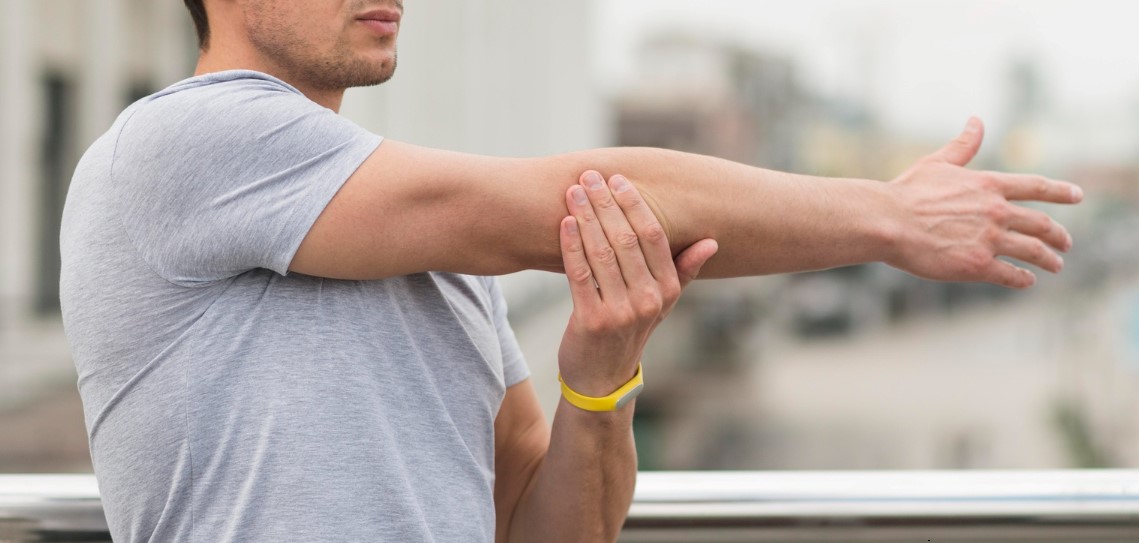
Causes of Tennis Elbow
- Overuse of the forearm muscles: Repetitive use of the forearm muscles, particularly with activities involving gripping, twisting, or carrying, can lead to strain and microtears in the tendons that attach to the lateral epicondyle, causing inflammation and pain.
- Specific activities: Tennis elbow is commonly associated with racquet sports, but it can also occur with other activities that involve repetitive arm, elbow, wrist, and hand movements, such as painting, typing, or knitting.
- Age and other risk factors: While tennis elbow can occur at any age, it’s most common in adults between 30 and 50 years old. Occupations that involve repetitive arm movements increase the risk of developing tennis elbow.
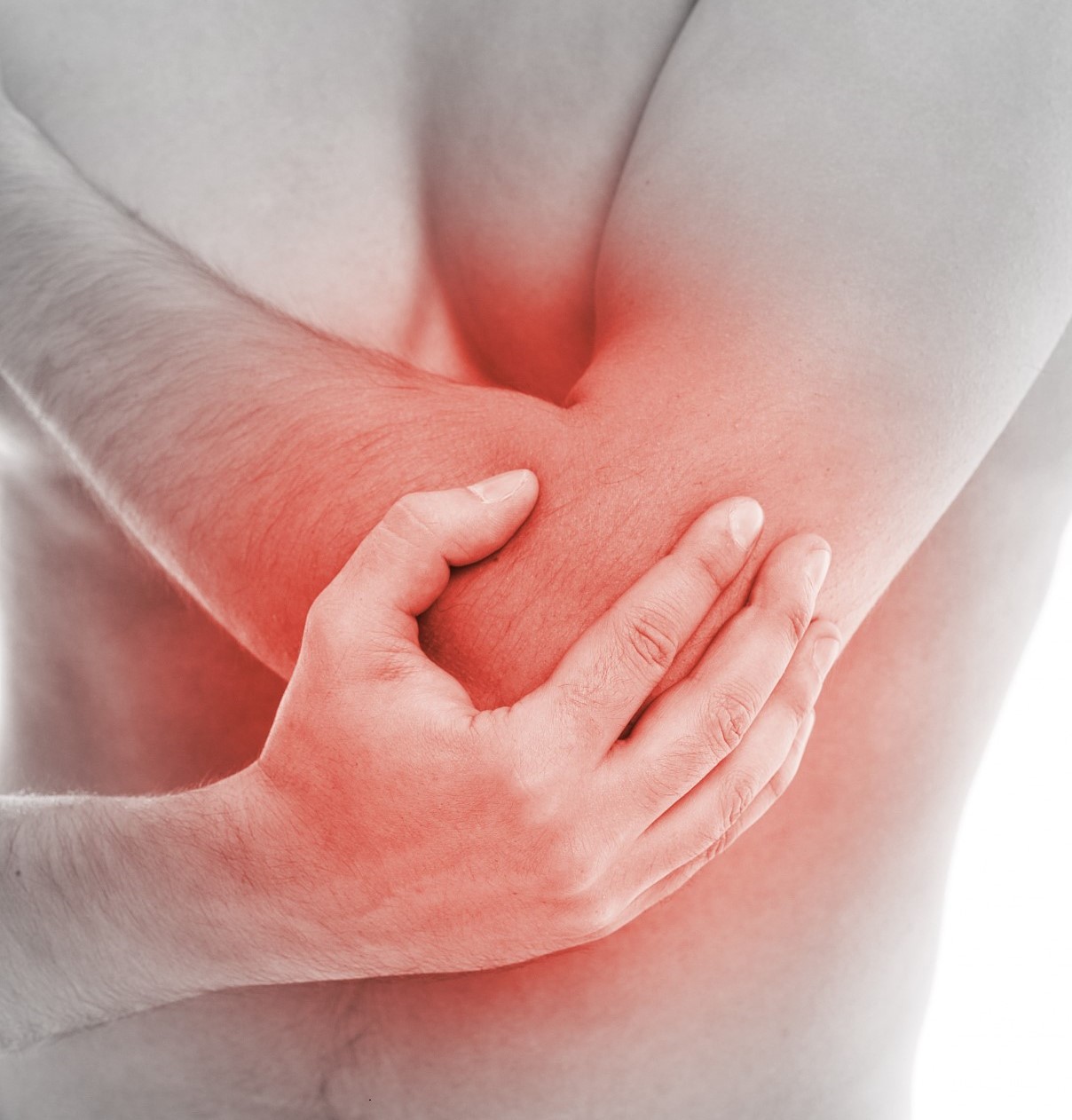
Symptoms of Tennis Elbow
- Pain and tenderness in the elbow: The most common symptom of tennis elbow is pain and tenderness on the outside of the elbow, which may radiate down the forearm.
- Weak grip strength: Some people with tennis elbow may experience a weakening of grip strength, making it difficult to hold objects.
- Pain that worsens with forearm activity: The pain associated with tennis elbow may worsen when shaking hands, turning a doorknob, or holding a cup.

Diagnosis of Tennis Elbow
-
Physical examination
Your tennis elbow specialist in Singapore will examine the elbow for pain or tenderness. They may also ask the patient to perform certain movements to assess pain and stiffness.
-
Imaging tests
X-rays, MRI, or ultrasound may be used to rule out other conditions that could be causing the elbow pain, such as arthritis or a fracture.
-
Electromyography (EMG)
This test may be used to rule out nerve compression, which can cause similar symptoms to tennis elbow.
Minimally Invasive Treatments We Use To Treat
Tennis Elbow
An injection that alleviates pain and inflammation associated with musculoskeletal conditions such as arthritis, bursitis, tendinitis and joint pain.
Targeted pain relief in the administered area and reduced inflammation.
Little to no recovery time. Patients may resume their normal activities promptly.
Works well in chronically injured tissues which may have very slow recovery
Anti-inflammatory and regenerative effects
Little or no downtime and patients can walk out after the 30 min procedure
Restores the physiologic viscoelasticity in the synovial fluid (SF) in the absence of inflammation
Nonoperative and FDA-approved treatment for arthritis of the knee
Results usually last for 2 - 3 months. In some cases, the relief can last for 6 - 12 months
Treats flare-ups of OA pain and swelling with fluid buildup in the knee
Reduces inflammation in the joint
Can quickly relieve these symptoms, usually within 1-3 days
Uses low-level light to stimulate healing. Does not cause your tissues to heat up. LLLT is used to treat various musculoskeletal conditions, reduce inflammation, and promote wound healing.
Painless, Quick, Effective, and No downtime. Patients can return to their normal activities immediately after an LLLT session.
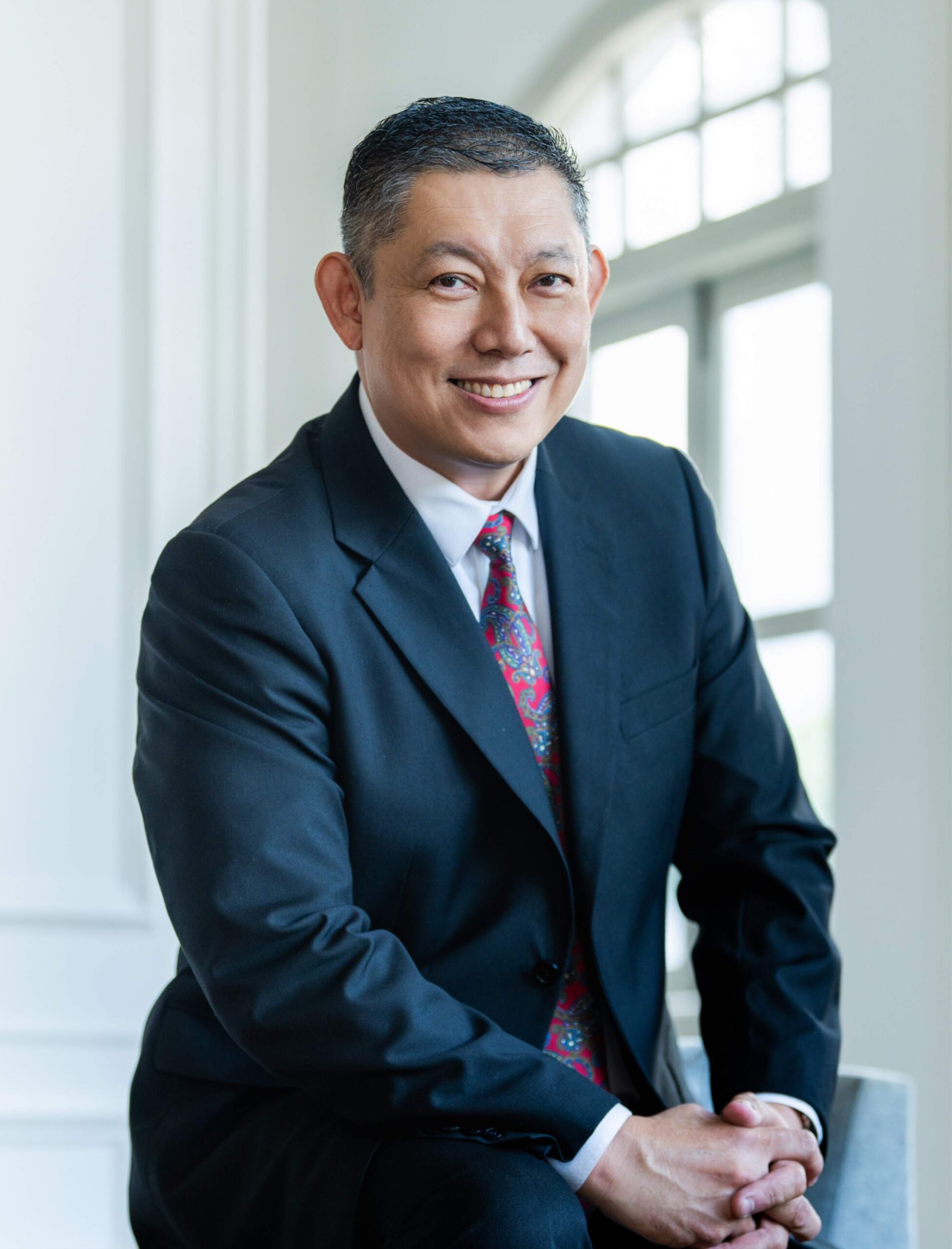
Dr Chiam Tut Fu 
(詹达夫医生)
MBBS (Singapore)
MSS (Sports Medicine) (USA)
MMed (OM) (Singapore)
GDOM (Singapore)
DWD (Singapore)
Dr Chiam is a MOH accredited Specialist in Sports Medicine and has practised medicine for over 30 years.
Dr Chiam Tut Fu obtained his MBBS from National University of Singapore in 1990. He went on to obtain his Masters in Sports Science (Sports Medicine) from the United States Sports Academy, graduating as the year’s outstanding student, and Masters of Medicine (Occupational Medicine) from the National University of Singapore.
Key Interests:
- Non-surgical treatment of sports injuries
- Non-surgical treatment of degenerative conditions
- Nutraceuticals for healthy ageing and exercise performance
Need Advice On Your Condition?
Do you have an enquiry about your sports injury or body joint condition? Please leave us a message and we will be in touch with you shortly.
Mon to Fri: 9:00am – 1:00pm
2:00pm – 6:00pm
Sat: 9:00am – 1:00pm
Sun & PH: Closed
Singapore Paincare Center
Paragon Medical Centre, #18-03
290 Orchard Road, Singapore 238859
Partnered Programs & Insurance Plans
For Singaporeans, Singapore Permanent Residents and Foreigners.
Please speak to our friendly clinic staff about using your insurance plans.
Frequently Asked Questions
Can Tennis Elbow heal on its own?
In many cases, tennis elbow can heal on its own with rest and self-care measures.
How long does it take to recover from Tennis Elbow?
The recovery time for tennis elbow varies depending on the severity of the condition and the individual’s overall health, but it can range from several weeks to several months.
Can you still play tennis with Tennis Elbow?
It’s recommended to rest and avoid activities that cause pain until the symptoms improve.
What happens if Tennis Elbow is not treated?
If left untreated, tennis elbow can lead to chronic elbow pain and a decrease in the range of motion.
How can I prevent Tennis Elbow?
Prevention strategies include proper technique in activities, regular strength and flexibility exercises for the arm muscles, and using the right equipment in sports.